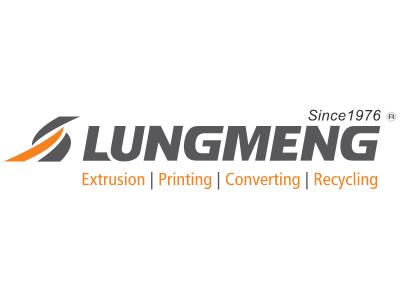From Waste to Resource: Pioneering Plastic Recycling Microfactory

n Phoenix, city officials are collaborating with Arizona State University to develop a pioneering circular plastic recycling microfactory. This initiative aims to create a replicable model that can be implemented across the country and even internationally. The project is associated with Precious Plastic, a global effort originating in the Netherlands, which provides communities with guidance, physical blueprints, and business models to start grassroots plastic recycling programs.
Once fully operational, the microfactory will convert polypropylene (PP) and polyethylene (PE) collected and sorted by community partners at Goodwill Industries International into plastic pellets to manufacture new products, explains Tyler Eglen of Arizona State’s Walton Sustainability Solutions Service, which is overseeing the factory.
At Goodwill donation centers in the Phoenix area, employees use handheld plastic scanners to identify items made from PP or PE. Eligible items, such as home goods, toys, kitchen items, and the plastic totes and tubs used for donations, are pulled from the donation stream and set aside for recycling.
The collected plastic items are currently stored at the Arizona State microfactory, where an entire wall is filled with boxes of salvaged items from over 100 Goodwill stores.
Inside the microfactory, there is a small-scale material recovery facility (MRF) where sorted and cleaned plastics are converted into recycled plastic pellets. The process begins with the plastics traveling up a conveyor belt into a shredding chamber, where a sieve is used for size control.
Throughout the recycling process, the plastics are repeatedly washed to produce the cleanest material possible. The shredded plastic then goes into a water bath for separation, where heavier plastics sink to the bottom and lighter plastics and paper float to the top.
Clean shredded plastics are then processed through a dehydrator, where a vortex of air removes water and fines. The clean plastic flakes are dropped into bulk bags to await pelletizing.
In the Phoenix microfactory, clean, dry flakes can be pelletized on site. "Every step adds value," says Eglen.
To pelletize the flakes, the microfactory uses an extrusion process to turn them into molten plastic logs. These logs are then chopped into clean pellets using a pelletizer. The resulting pellets can be sold and used to manufacture items such as plastic lumber, sporting goods, and flat-pack furniture. Different plastics produce end products with varying textures and grain. During the pilot phase, Eglen and his team have used the pellets to make skateboard decks and basic plastic lumber, intended to inspire other communities with the potential of recycled plastic products.
Arizona State aims to replicate these microfactories in other communities, keeping the recycling system as simple and functional as possible with open-source machines and economical options. The cost to install a similar small-scale MRF is about half a million dollars. The ultimate vision for these plastic recycling microfactories is to become worker-owned cooperatives.
Since the products made from 100 percent PE or PP at the microfactory can be recycled repeatedly, this initiative represents the ultimate closed-loop recycling system.












